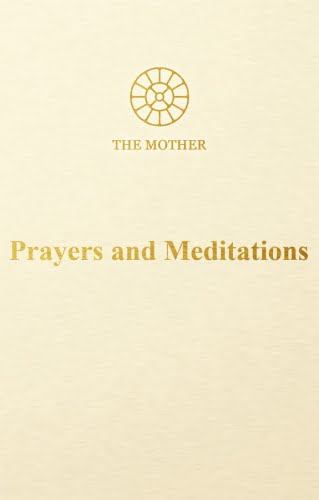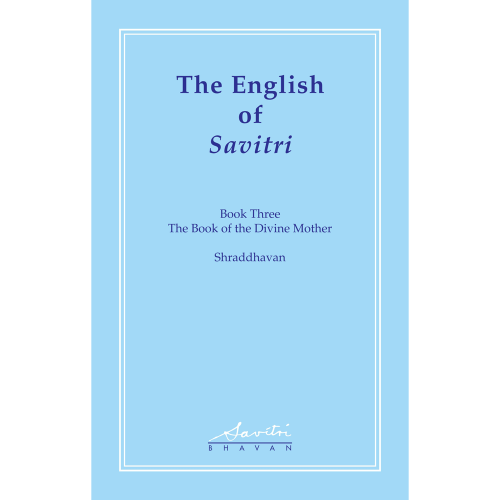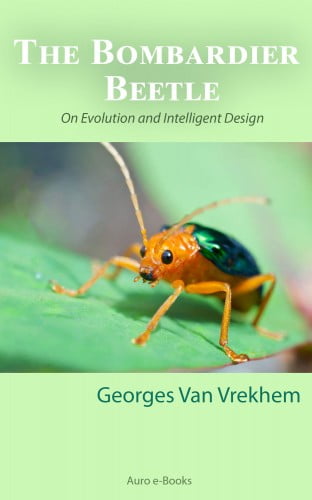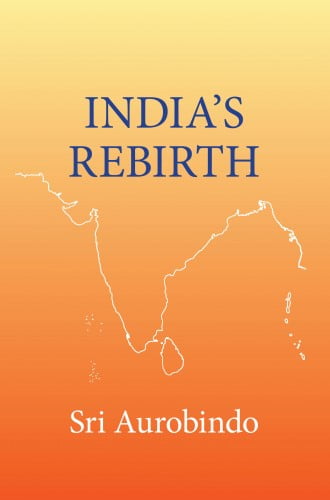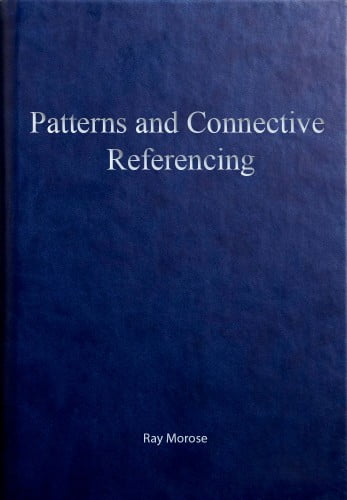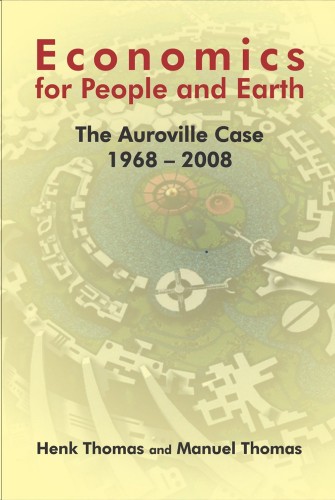Anandamath
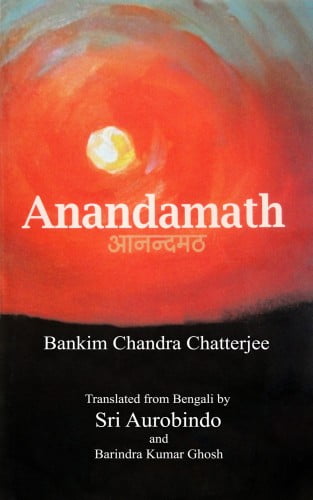
Anandamath
Anandamath is a Bengali novel, written by Bankim Chandra Chatterjee and published in 1882. Set in the background of the Sannyasi Rebellion in the late 18th century, it is considered one of the most important novels in the history of Bengali and Indian literature. Its importance is heightened by the fact that it became synonymous with the struggle for Indian independence from the British Empire. The novel was banned by the British. The ban was lifted later by the Government of India after independence. The national song of India, Vande Mataram, was first published in this novel.
The prologue and the first thirteen chapters of Part I were translated by Sri Aurobindo, the rest by his brother Barindra. The parts translated by Sri Aurobindo first appeared in the KARMAYOGIN, intermittently between August 7, 1909 and February 12, 1910.

